
Blog
Academic travel articles, written by our expert tour leaders.
The Academy Journal
Written by our specialist tour leaders, these articles explore hidden gems, historical events and artistic masterpieces, enriching your upcoming travels with their unique perspectives.
Sort by Topic and Tour Leader below.
VIEW BY TOUR LEADER
- Academy Travel 13
- Ben Churcher 1
- Bernadette Drabsch 2
- Chris Carter 3
- Christopher Bradley 1
- Deanne Bird 1
- Deborah Trentham 1
- Eireann Marshall 4
- Garth Gilmour 1
- Jeni Ryde 5
- John Tidmarsh 2
- Kate Bolton-Porciatti 1
- Lauren Mackay 4
- Matthew Dal Santo 1
- Michael Adcock 1
- Mike Turner 3
- Mindy MacLeod 1
- Neil Moore 2
- Peter McNeil 3
- Richard Bell 1
- Robert Veel 1
- Sophie Oosterwijk 1
- Stephen Wilkinson 1
- Stuart Barrie 2

Carthage must be Destroyed
Of the many peoples who emerge from our accounts of ancient history, including the Babylonians, Hittites, and Etruscans, few have captured our imagination as much as the Carthaginians. Central to the narratives we recount about these enigmatic Phoenicians who arrived in modern Tunisia in the 9th century BCE is the story of the elephants crossing the Alps
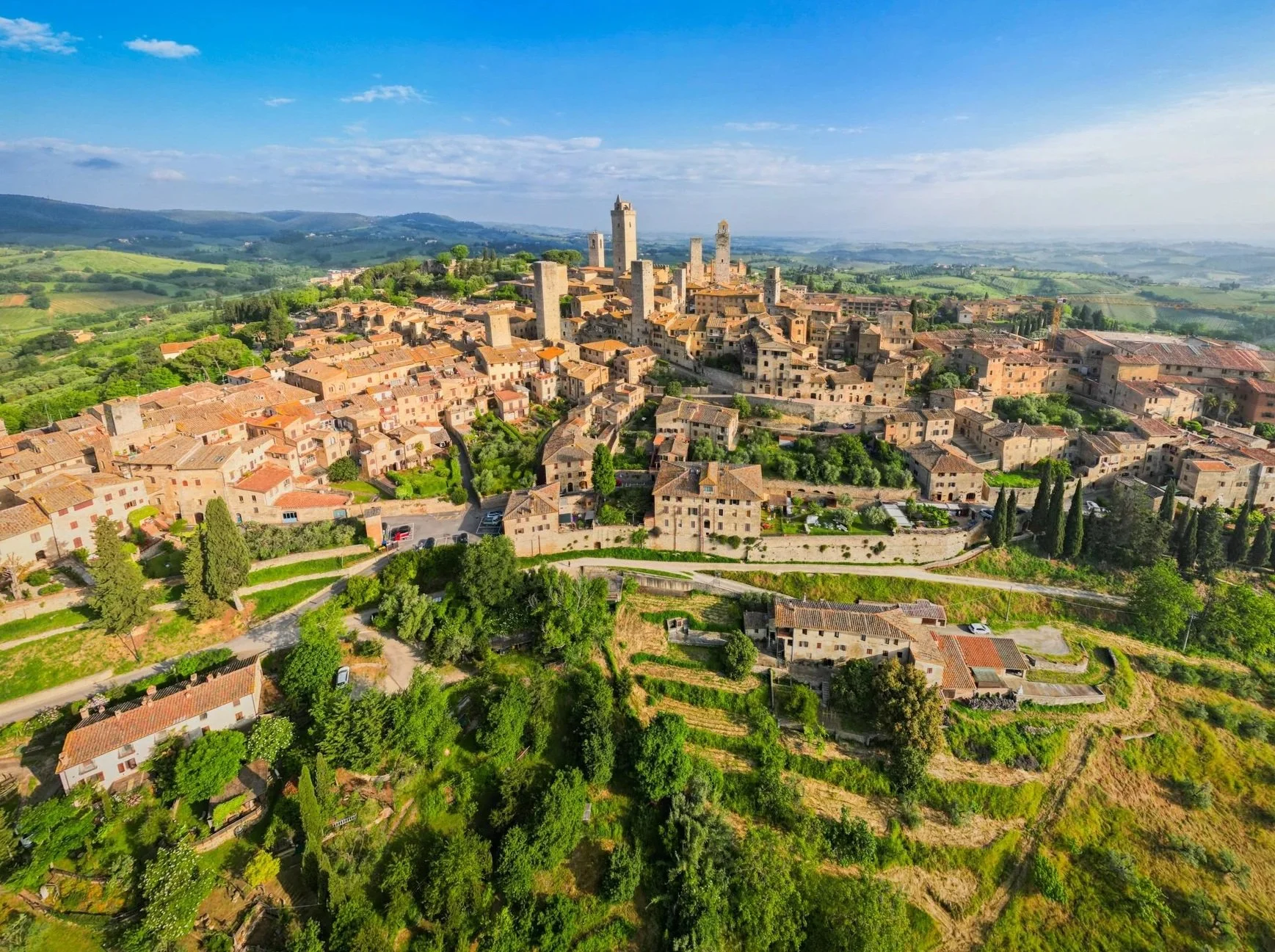
Hilltop Towns of Northern & Central Italy
Across northern and central Italy, a chain of fortified hilltop towns rises above plains, valleys and river crossings – small urban worlds shaped by rivalries, pilgrim routes and the need for protection. Their walls, towers and compact residential quarters offer some of the clearest surviving evidence of Italy’s medieval past. For travellers following the historic routes from Aosta and Ivrea through Emilia-Romagna, Tuscany

Forged by Fire & Ice
Few places on Earth demonstrate the power of natural forces as vividly as Iceland. Here, on a windswept island at the edge of the Arctic Circle, fire and ice coexist in a delicate yet dramatic balance. Volcanoes rise from beneath glaciers, rivers carve through ancient lava fields, and steam from the planet’s interior curls into the cold northern air. For scientists, Iceland offers a rare glimpse into the Earth’s inner workings.
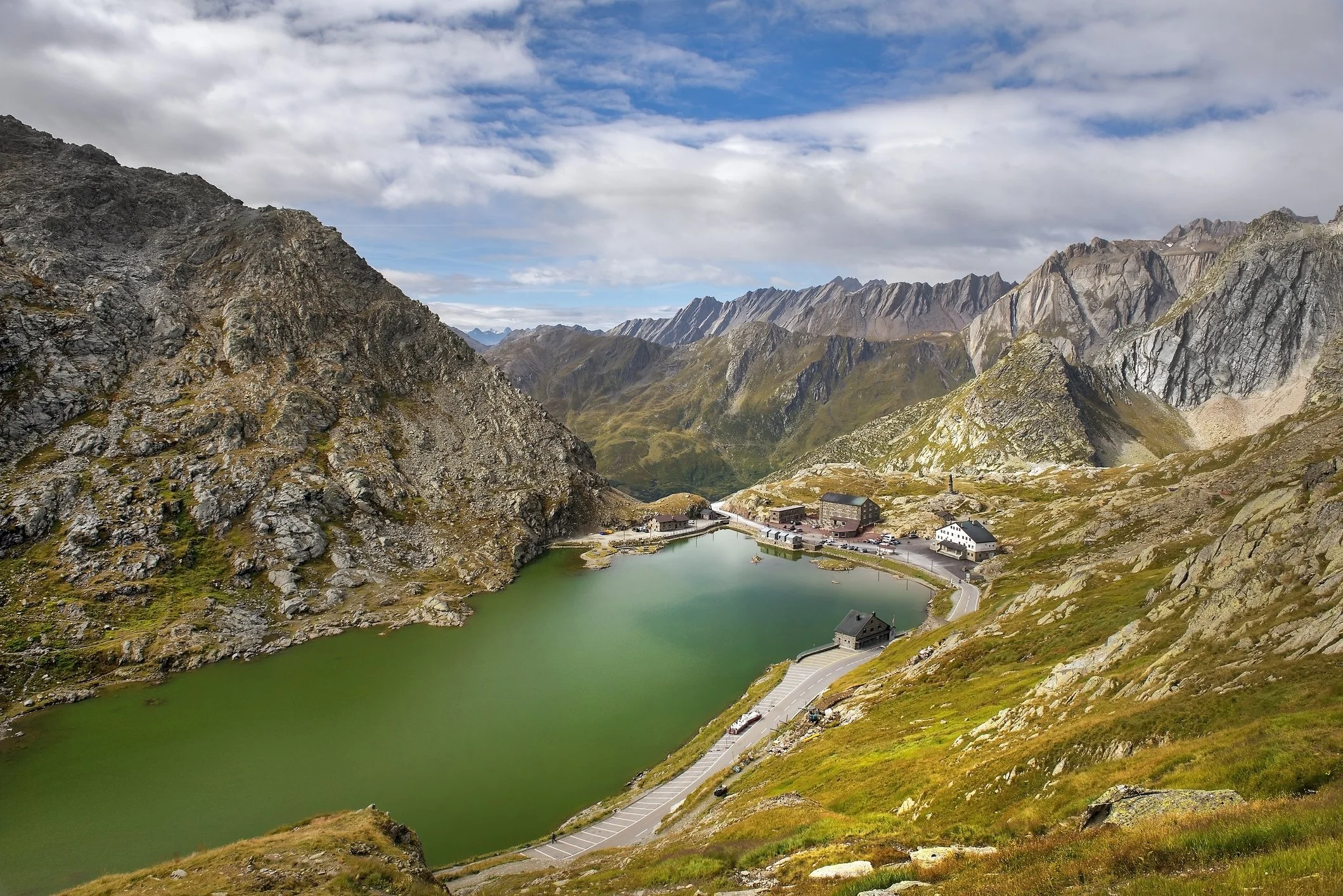
The Via Francigena: The Story of a Medieval Superhighway
As the famous saying goes, ‘All roads lead to Rome’. One of the oldest and most remarkable of these is the Via Francigena, a route that stitched together the great landscapes of Europe long before the age of rail or motorways. Stretching some 2,000 kilometres from Canterbury to Rome, the Via Francigena crosses five countries, 16 regions and more than six hundred towns and villages.
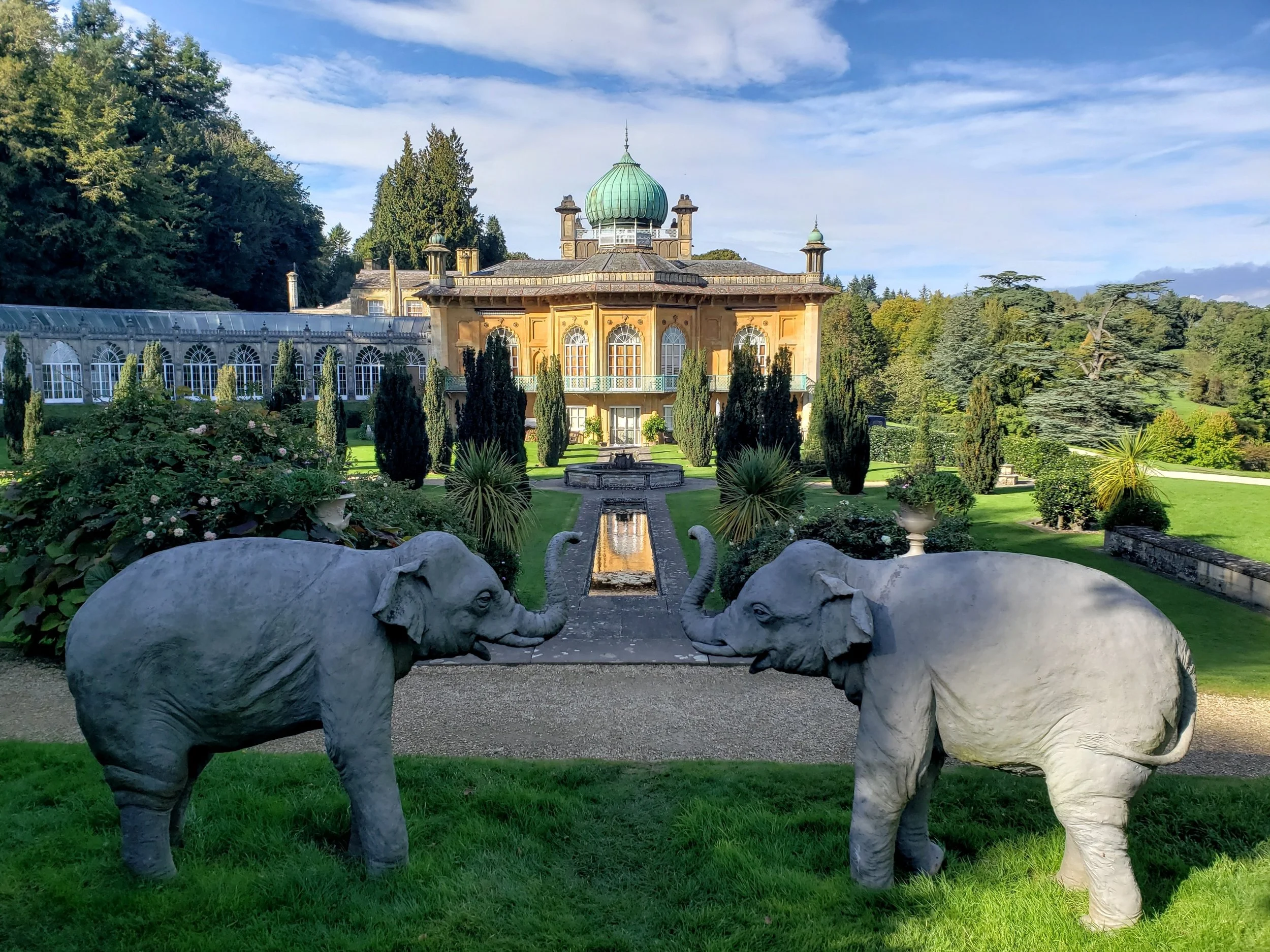
Sezincote House
The Cotswolds have been much in the news lately. Not only do the King (at Highgrove), the Beckhams, the Camerons, Kate Moss, Hugh Grant, various minor royalty and most recently Beyoncé, and of course Jeremy Clarkson at Diddly Squat have homes there, but now it’s wealthy Americans who have made the Cotswolds their summer holiday destination of choice.
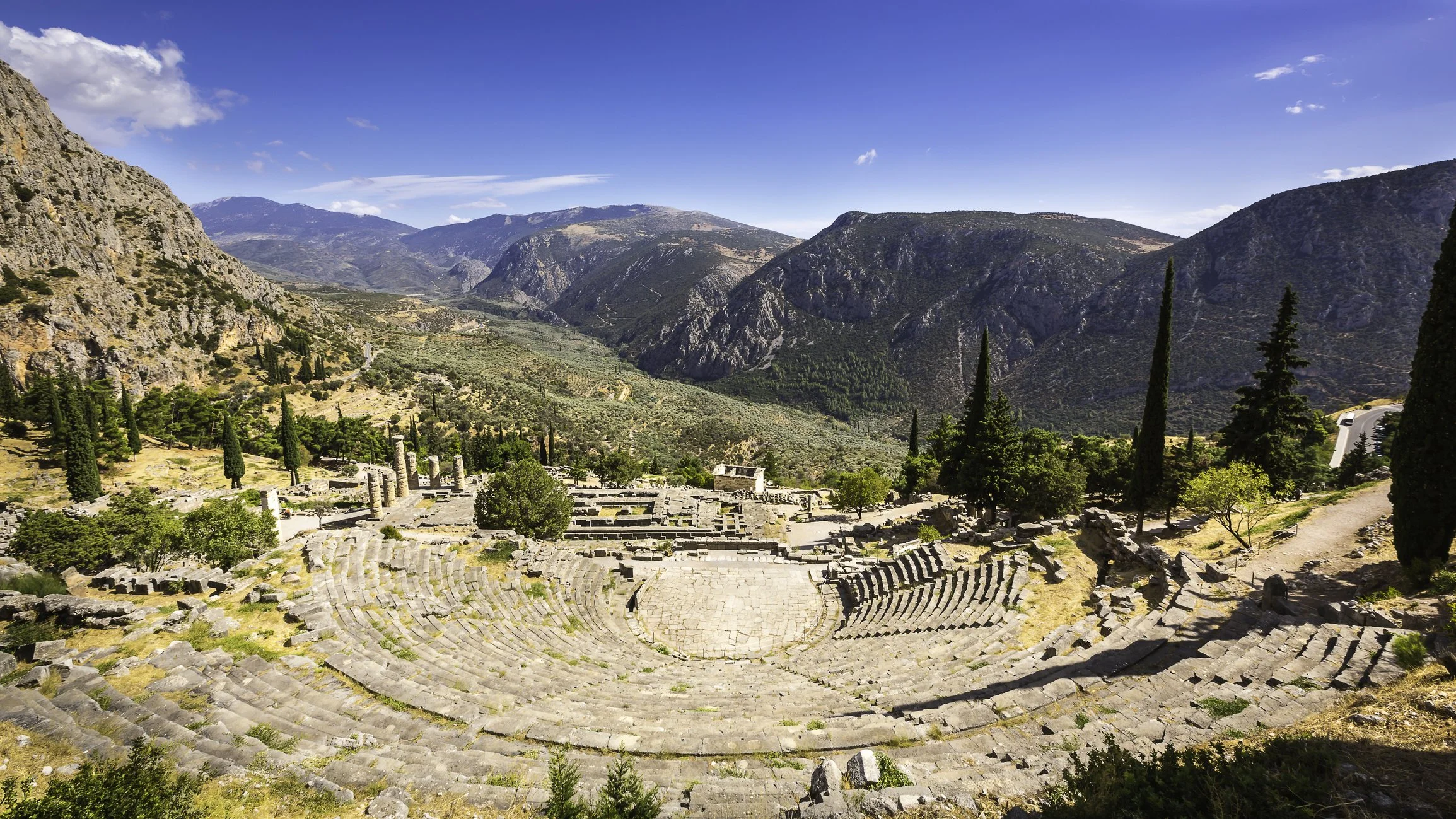
Delphi: Navel of the World
Legend has it that Zeus was determined to discover where the centre of the world lay. And so he sent out two eagles from each end of the cosmos. They met at Delphi which Zeus then declared was the omphalos (navel) of the world and which, over centuries, transformed itself into the leading oracular sanctuary of the Classical world.
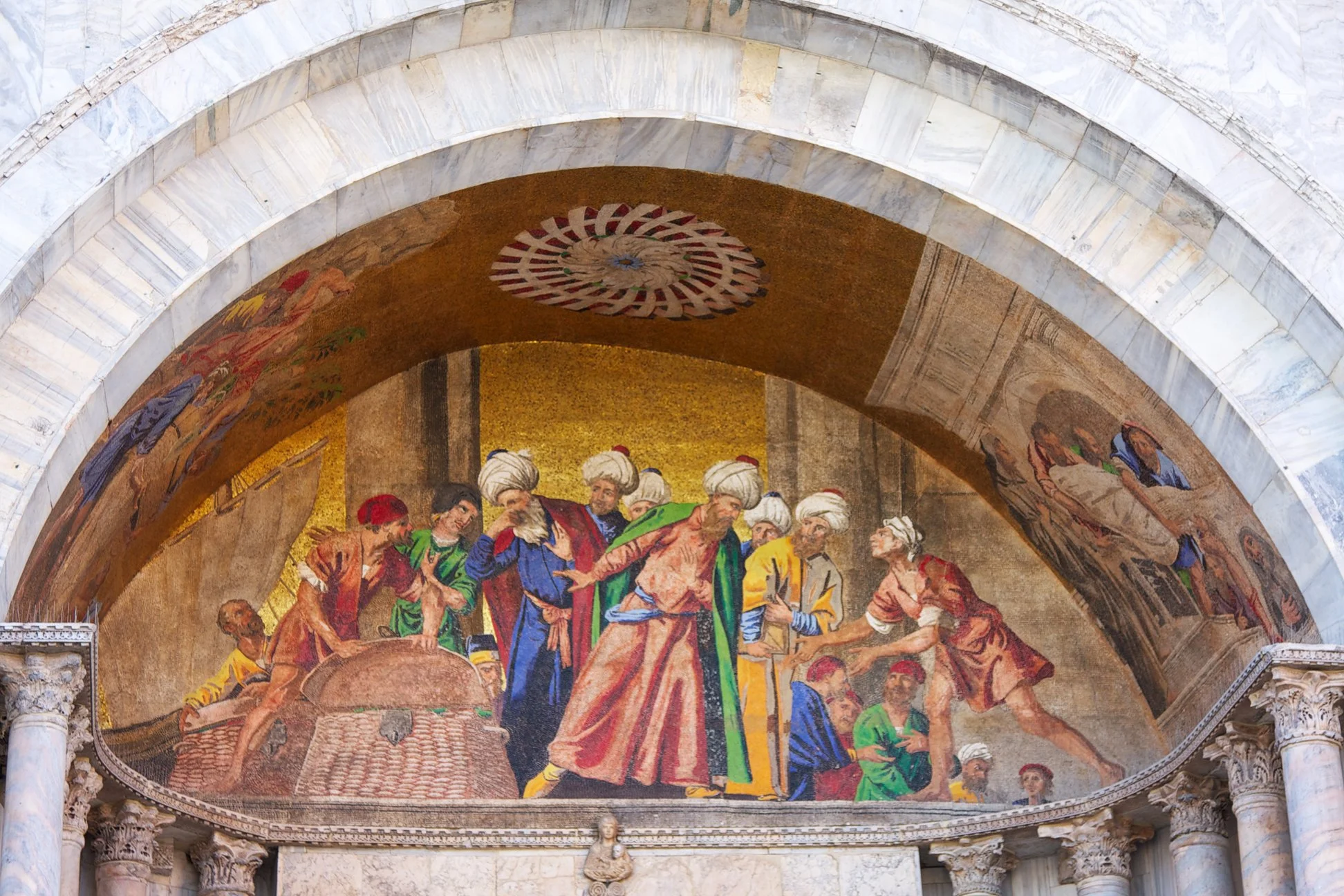
Between the Crescent & the Lion
While separated by the Adriatic and Aegean seas, Istanbul and Venice were deeply entwined through a shared and turbulent history, particularly during the medieval and early modern periods, when the Ottoman Empire reached the height of its power and Venice strove to maintain its maritime hegemony.

Interview with iconic Australian designer Linda Jackson
In this story for Academy Travel, Distinguished Professor Peter McNeil interviews iconic Australian designer Linda Jackson, who will accompany him on the forthcoming tour to Darwin and the Top End this August. This is an important moment to celebrate Linda, as the National Gallery of Australia has just announced the acquisition of a major archive of the fashion and textiles created by Linda and Jenny Kee, including Flamingo Park Archives.
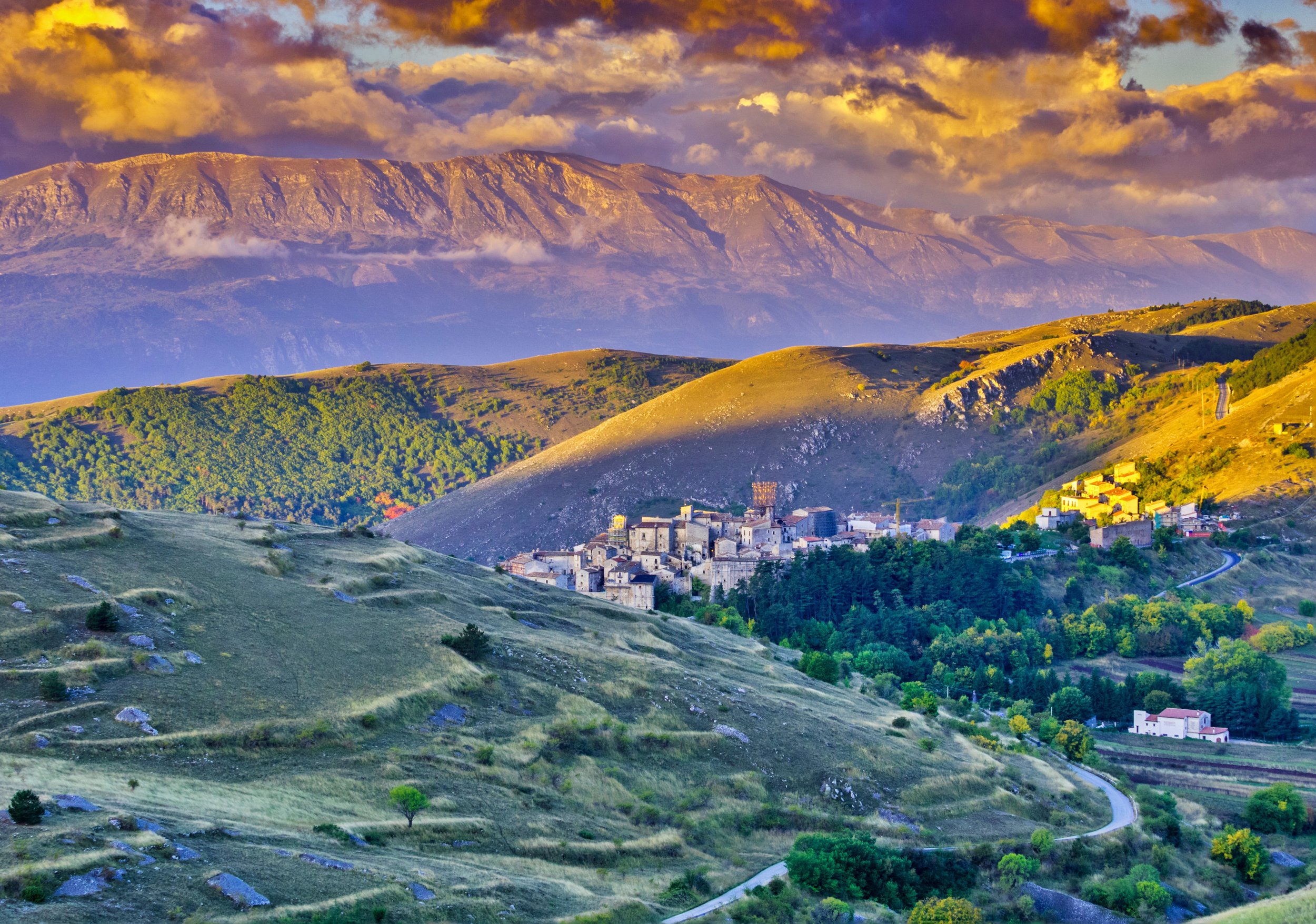
Abruzzo
In an era of mass tourism with Italy amongst the world’s most popular destinations, it can come as a surprise to find that there are still entire regions in the country which are virtually unknown to the international traveller. But such is the case with the region of Abruzzo, nestling in the centre of the peninsular to the east of Rome. I first came to Italy in 1980 with the usual expectations of a place

La Raya: Where Spain and Portugal meet
Iberian history could be viewed as a chronicle of two nations separated by a shared geography. These regions with their charming small towns that lie along the Hispano/Portugal border, the so called La Raya in Spanish (or A Raia in Portuguese), are some of the most spectacular and interesting to visit in both countries.
